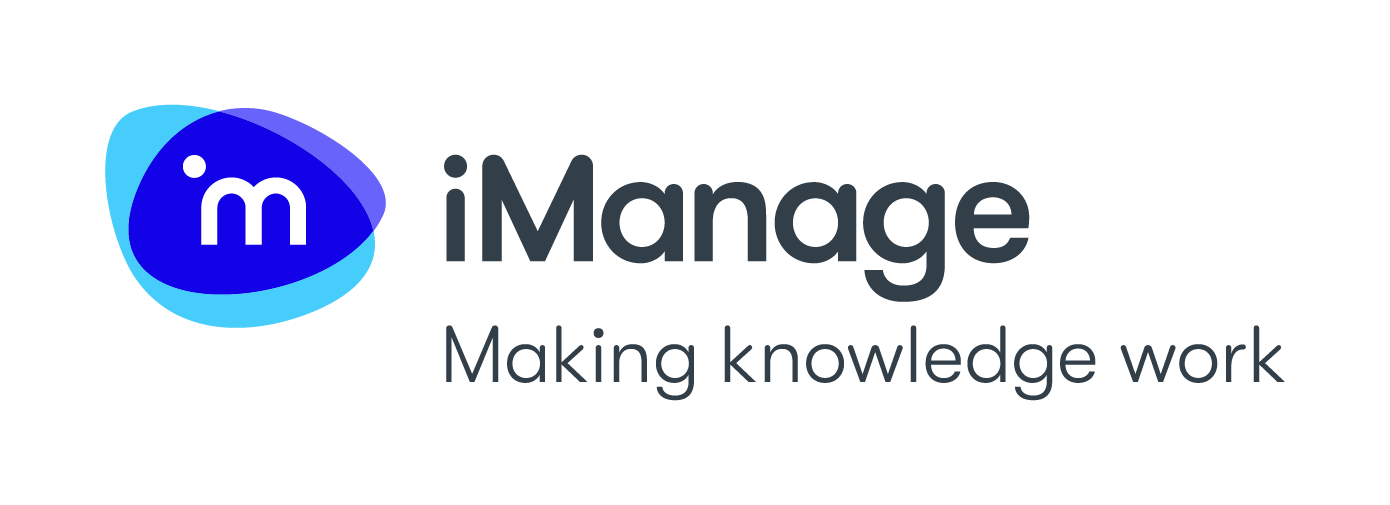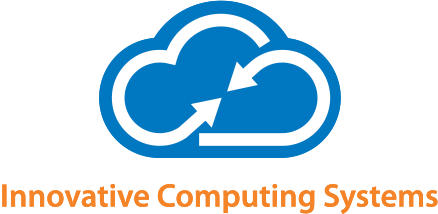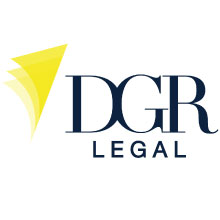By Peapack-Gladstone Bank
In light of recent check thefts from mailboxes, the following are local law enforcement tips to avoid mail theft:
- Bank online: Refrain from mailing checks, cash, gift cards or other negotiable items if possible. Use online banking instead.
- Use a gel pen: If you must send a check in the mail, use a gel pen to write out checks. Ballpoint pen ink can be easily washed off a check.
- Mail at post office: Take those checks to the post office counter to be mailed and record the name of the postal employee who takes those checks.
- Use plain white envelopes to mail checks: Do not use return envelopes with the utility logo or municipality for tax payments on them. These are easy targets for thieves.
- Monitor bank activity: Check bank activity online and review bank statements as soon as they are received to check for discrepancies.
- See something, say something: Call 911 to report any suspicious activity near mailboxes.
- Report the theft: If you have been a victim of mail theft, call the U.S. Postal Inspectors Service at 877-876-2455 and choose option 4.
More tips from the U.S. Postal Inspectors website:
- Use the letters slots inside your post office for your mail, or hand it to a letter carrier.
- Pick up your mail promptly after delivery. Don’t leave it in your mailbox overnight. If you’re expecting checks, credit cards or other negotiable items, ask a trusted friend or neighbor to pick up your mail.
- If you don’t receive a check or other valuable mail you’re expecting, contact the issuing agency immediately.
- If you change your address, immediately notify your post office and anyone with whom you do business via the mail.
- Don’t send cash in the mail.
- Tell your post office when you’ll be out of town, so they can hold your mail until you return.
- Report all suspected mail theft to a postal inspector.
- Consider starting a neighborhood watch program. By exchanging work and vacation schedules with trusted friends and neighbors, you can watch each other’s mailboxes (as well as homes).
Consult with your local postmaster for the most up-to-date regulations on mailboxes, including the availability of locked centralized or curbside mailboxes.
Peapack-Gladstone Bank, founded in 1921, is a high-performing boutique bank known nationally for unparalleled client service, integrity and trust. For more information on Peapack-Gladstone Bank’s leading wealth, lending and deposit solutions, please contact Terese S. Gardenier, SMD, Escrow Services, at [email protected].
The Security Tips provided are for informational use only and are not intended for financial or investment advice. Peapack-Gladstone Bank and its affiliates assume no liability for any loss or damage resulting from one’s reliance on the material provided.





















